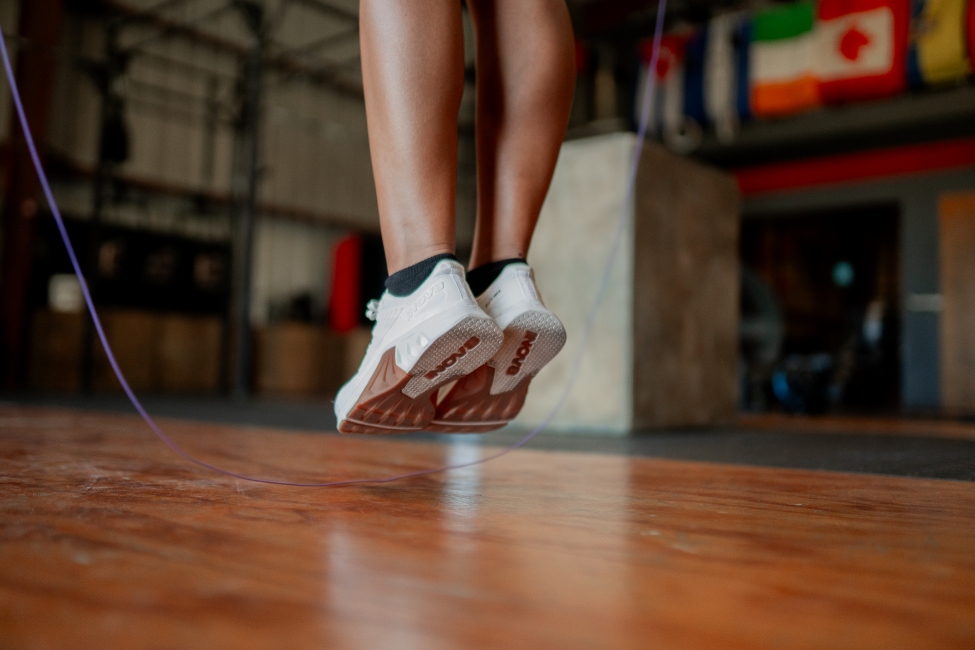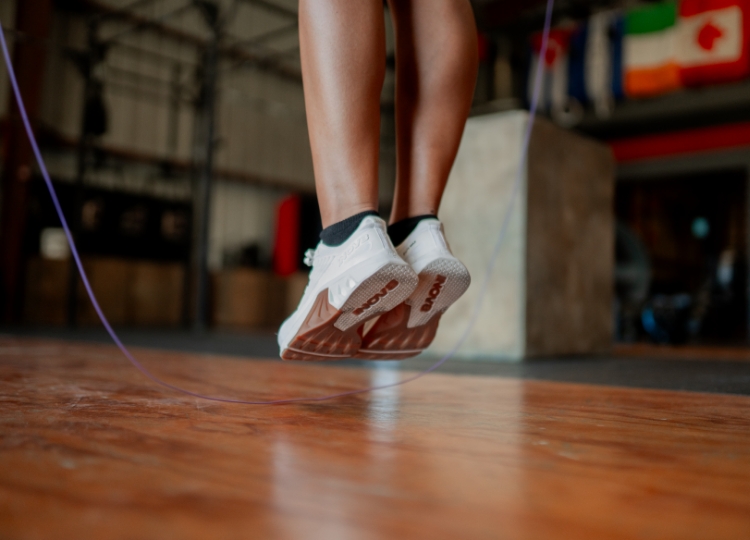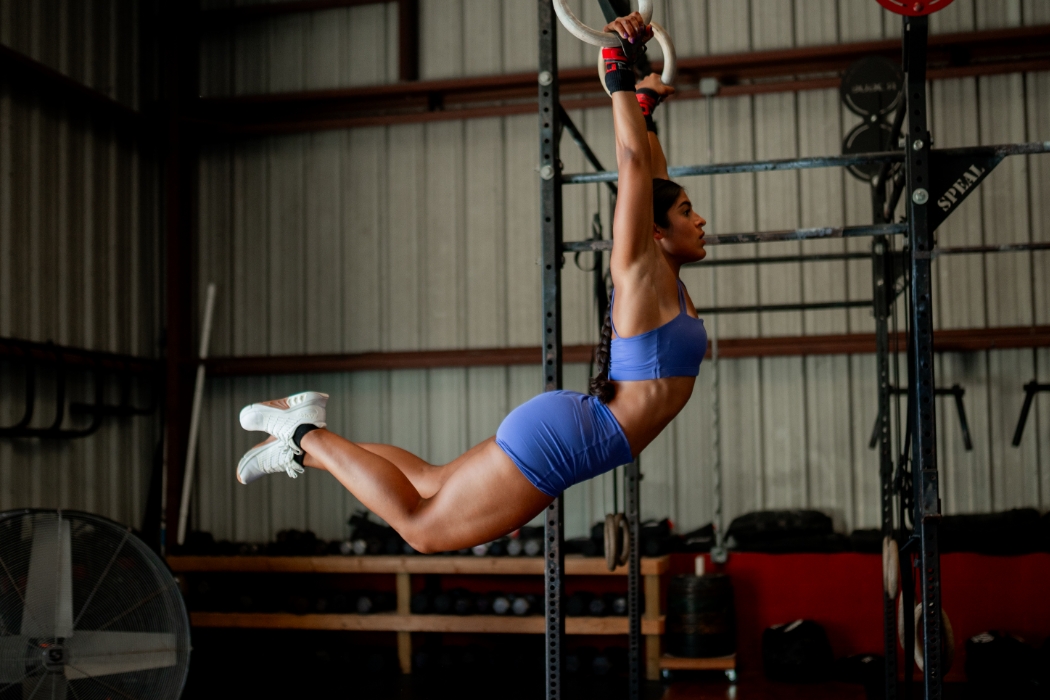
There’s no doubt you’ve seen the rise in popularity of hybrid training, as athletes and fitness enthusiasts look to combine the best of strength training and endurance exercises. But what about beginners? How can you ease into this versatile training approach while maximising its benefits?
In this guide, we’ll give you all the tools required to begin your very own hybrid training journey, and explain how you can create a personalised hybrid training plan to suit your goals.
WHAT IS HYBRID TRAINING?
At its core, hybrid training involves blending multiple types of workouts into a cohesive training program. Typically, it means combining strength training (lifting weights, resistance exercises) with cardiovascular training (running, cycling, swimming). It’s designed to help you improve overall fitness, build muscle and boost endurance simultaneously.
Unlike traditional training focused solely on one domain, hybrid training encourages versatility. For instance, you could be deadlifting heavy weights one day and running a 5K the next. This mix fosters a well-rounded level of fitness, ideal for anyone looking to excel in both strength and endurance.
BENEFITS OF HYBRID TRAINING
Hybrid training isn’t just about doing more; it’s about moving with purpose and increasing overall preparedness. Here’s a quick list of just some of the benefits of hybrid training.
• Improved Overall Fitness
• Reduced Risk of Injury
• Enhanced Athletic Performance
• Improved Body Composition
• Mental Resilience
• Time Efficiency
Want to read a little more about Hybrid training, and it’s benefits? Check out our Ultimate Guide To Hybrid Training.
HOW TO START HYBRID TRAINING AS A BEGINNER
Now you’ve had a quick overview of what hybrid training is and it’s benefits, it’s time to look at how you can start hybrid training as a beginner.
Getting started with hybrid training doesn’t mean diving into marathon runs and maxing out squats. It’s about starting simple and gradually building up your fitness as you create meaningful daily habits.
If you already exercise, incorporating hybrid training can enhance your performance further. For example, if running is your normal form of exercise, incorporating regular high and low intensity strength training can improve your running economy.
Here are a few tips to help you begin your hybrid training journey:
1. Assess Your Current Fitness Level
Before jumping into hybrid workouts, evaluate where you stand. Are you a cardio lover who’s never lifted weights? Or are you more experienced with strength training but struggle with endurance? Knowing your baseline helps you identify areas to improve and help you build a realistic approach to hybrid training to avoid injury.
2. Set Clear Goals
Define what you want to achieve from your hybrid training. Goals like “I want to run a 5K and improve my deadlift by 20% in three months” provide direction and keep you motivated.
3. Learn the Basics
If you’re new to strength training focus on mastering fundamental movements like squats, deadlifts and presses. For cardio start with manageable sessions—think brisk walks, short jogs and moderate effort cycling/swimming.
4. Ease Into It
Avoid overloading your body. Begin with 2–3 hybrid training sessions per week, gradually increasing frequency and intensity. Rest and recovery are as important as the workouts themselves.
5. Make It A Habit
Motivation will only carry you so far. Make your hybrid training routine realistic, so you can stick to it week-on-week and create strong foundations. One study found that exercising for at least four times per week for 6 weeks was the minimum requirement to establish an exercise habit in new gym goers.
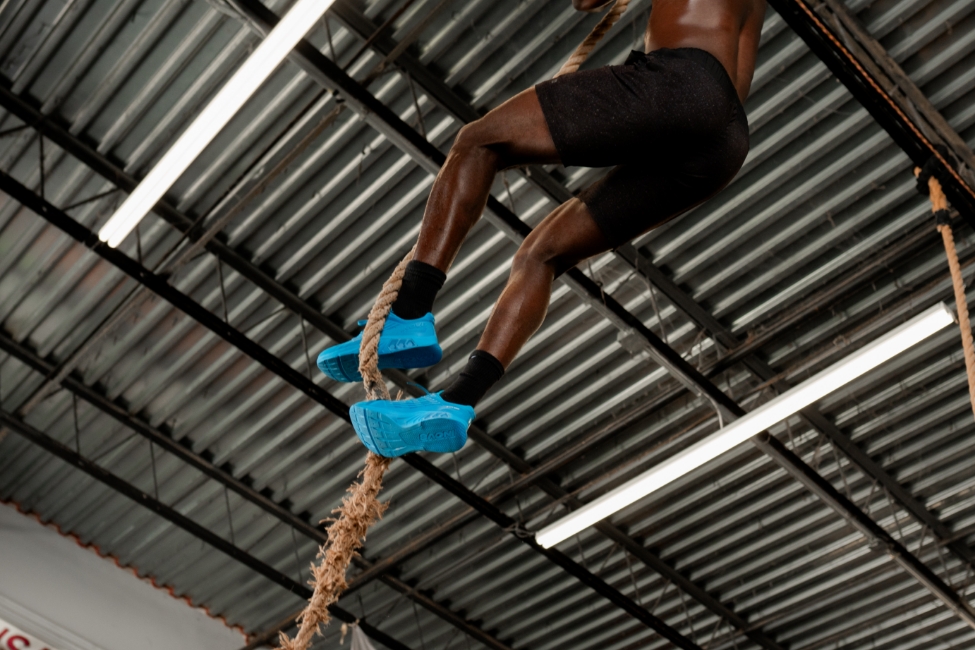
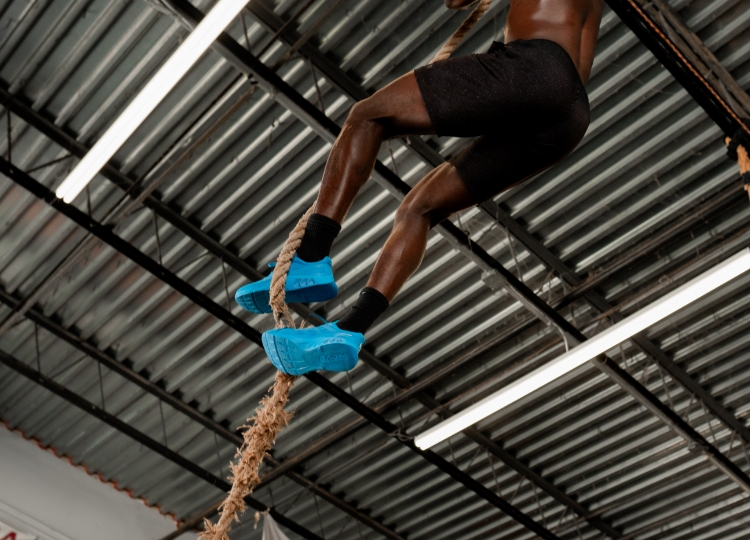
The F-LITE MAX are a great option for rope climbs thanks to their ROPE-TEC rubber.
DIFFERENT HYBRID TRAINING SPLITS FOR BEGINNERS
When planning your hybrid training split as a beginner, it’s important to consider your current lifestyle and level of fitness. There’s a good chance you aren’t trying to become the next global athlete, but instead hoping to improve your quality of life and general fitness.
Here are a few beginner-friendly options on how you can start hybrid training:
Full-Body Hybrid Split For Beginners
A full-body split is great for hitting all the major muscle groups and requirements in hybrid training, with the least amount of sessions per week.
Example:
Day 1: Strength (compound lifts) + light cardio
5–10 minute warm up | Rest 60-90 secs between sets
Squat: 3 sets x 6–8 reps
Barbell Row: 3 sets x 10–12 reps
Bench Press: 3 sets x 10–12 reps
Cable Tricep Extensions: 3 sets x 15–20 reps
Plank Hold: 3 sets x 30–45 secs
Light–Moderate Intensity Continuous Cardio (cycle, swim, row, ski or bike): 15–20 minutes
Day 2: Rest or active recovery (stretching or yoga)
Day 3: Strength + moderate cardio (15-25 min run or swim)
5–10 minute warm up | Rest 60-90 secs between sets
Deadlift: 3 sets x 6–8 reps
Pull-Up: 3 sets x 10–12 reps
Military Press: 3 sets x 10–12 reps
DB Bicep Curls: 3 sets x 15–20 reps
Leg Raises: 3 sets x 12–15 reps
+ Moderate Intensity Continuous Cardio (cycle, swim, row, ski or bike): 15–20 minutes
Day 4: Rest or light activity
Day 5: Functional Fitness + high intensity intervals
5–10 minute warm up
20minute AMRAP
30m Sled Push
10 Wall Balls
10 Kettlebell Swings
10 Walking Lunges
10 Sit Ups
5 Box Jumps
Interval Sprints: 6x 40secs on, 40 secs off.
Upper/Lower Hybrid Split For Beginners
A great progression from the full body split, if time allows, is to start segmenting our sessions allowing greater focus on specific areas. This hybrid training split has four total training days,
Example:
Day 1: Upper body strength + moderate cardio
5–10 minute warm up | Rest 60-90 secs between sets
Bench Press: 3 sets x 6–8 reps
Barbell Row: 3 sets x 10–12 reps
Military Press: 3 sets x 10–12 reps
Bicep Curls x Tricep Extensions (superset): 3 sets x 12–15 reps
Leg Raises: 3 sets x 12–15 reps
+ Moderate Intensity Continuous Cardio (cycle, swim, row, ski or bike): 20–30 minutes
Day 2: Lower body strength + flexibility work
5–10 minute warm up | Rest 60-90 secs between sets
Squat: 3 sets x 6–8 reps
Deadlift: 3 sets x 10–12 reps
Walking Lunges: 3 sets x 10–12 reps
Romanian Deadlifts: 3 sets x 12–15 reps
Calf Raises: 3 sets x 12–15 reps
Plank Hold: 3 sets x 30–45 secs
+ 15 minutes of stretches and mobility.
Day 3: Rest or low-intensity cardio
Day 4: Aerobic cardio-focused session
5–10 minute warm up
Run, cycle or swim at moderate intensity for 45–60 minutes
Day 5: Functional Fitness + high intensity intervals
5–10 minute warm up
20minute AMRAP
30m Sled Push
12 Wall Balls
12 Kettlebell Swings
12 Walking Lunges
12 Sit Ups
8 Box Jumps
+ Interval Sprints: 6x 40secs on, 40 secs off.
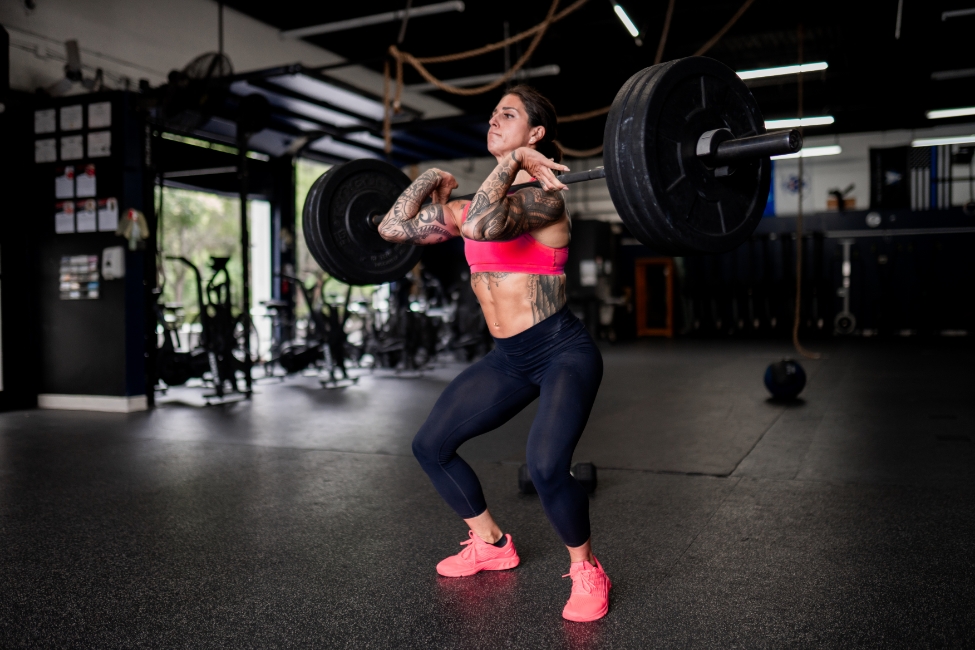

If you're looking for extra stability when lifting, the F-LITE MAX has a TPU heel that offers strong support.
CREATING A PERSONALISED HYBRID TRAINING PLAN
One of the great aspects of hybrid training is it’s customisability. Building a hybrid training plan tailored to your goals doesn’t have to be complicated. Here’s how to structure it:
Step 1: Define Your Weekly Schedule
Consider how many days per week you can realistically commit to training. Include rest and recovery days in your planning.
Step 2: Choose Your Training Split
Pick a beginner-friendly split (like full-body or upper/lower). Start with the templates above and adapt as you progress with your hybrid training.
Step 3: Set Intensity and Progression
Track your workouts and gradually increase difficulty, by adding weight, time, distance or intensity.
Step 4: Monitor and Adjust
Regularly assess your performance. Are you hitting your goals? Feeling over fatigued? Tweak your plan taking these factors into consideration.
Step 5: Rest and Recover
Recovery isn’t a luxury—it’s a necessity. Incorporate mobility work and prioritise sleep to see the best results from your hybrid training.
THE IMPORTANCE OF CORRECT NUTRITION IN HYBRID TRAINING
Fuelling your body is just as important as the training itself. Hybrid training demands a lot, so here are a few things to focus on to ensure your diet supports your goals:
1. Nutrient Intake
Focusing on whole foods will supply your body with the nutrients it requires for optimal health, providing adequate micronutrients alongside the three macronutrients:
Protein: Essential for muscle repair and growth. Aim for lean sources like chicken, fish, or plant-based options like tofu.
Carbohydrates: Your primary energy source. Whole grains, fruits and vegetables are excellent choices.
Fats: Provide energy and support overall health. Include sources like nuts, seeds and avocados.
2. Prioritise Recovery Nutrition
Post-workout, focus on replenishing glycogen stores (carbs) and repairing muscles (protein). Studies have shown a super compensation in glycogen uptake immediately after exercise. A smoothie with banana, protein powder and almond butter is a quick and effective option.
3. Stay Hydrated
Dehydration has been shown to impair muscle endurance and strength. With studies also reporting that dehydration by as little as 1–2% impairs cognitive performance and impacts psychomotor and memory skills. Keep water intake consistent throughout the day and consider electrolyte drinks for longer sessions.
4. Plan Your Meals
Nobody likes to be caught out hungry. Eating nutrient-rich meals throughout the day will help give your body the fuel it needs to train and recover efficiently.
Having a light carbohydrate snack 30 mins before training, such as a banana, can help give you a boost in energy that will carry you through to your next meal time.
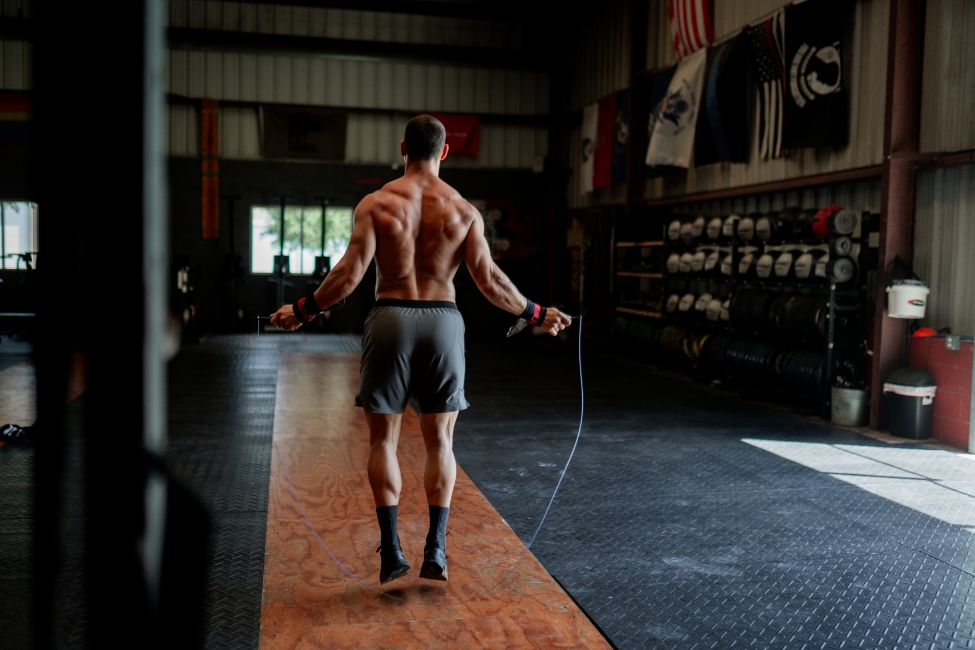
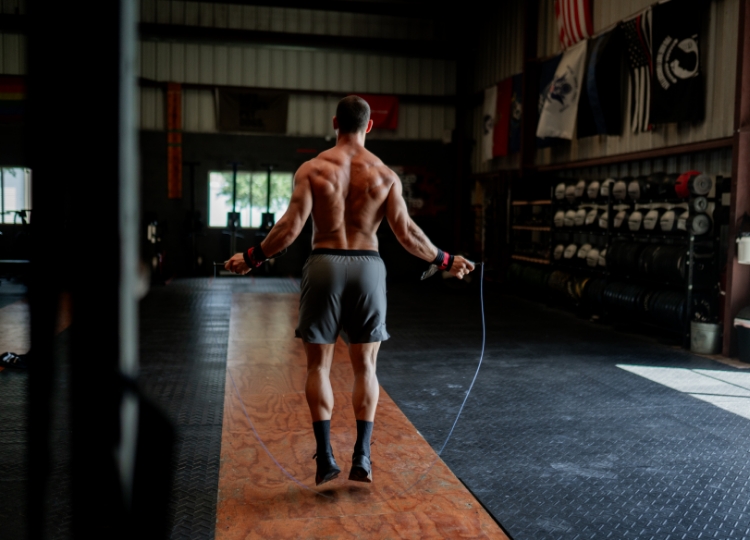
COMMON MISTAKES TO AVOID IN HYBRID TRAINING
Fitness is a journey and you’ll find what works for you and what doesn’t as you progress through your training. To get the most out of your hybrid training here are a few common mistakes people make as beginners:
• Overtraining: Rest days are essential for progress. Don’t skip them.
• Lack of Planning: Turning up to the gym with out a plan often leads to a bad session. Plan your workouts in advance and follow through with them.
• Ignoring Form: As a beginner nothing is more important than learning how to move correctly and safely. Keep weights and intensity low whilst you establish fundamental movements – your body will thank you in the long run.
• Overlooking Nutrition: Consistently giving your body the nutrients it needs will help you train hard and recover efficiently.
• Neglecting Sleep: The increase in training can be good for you health, but it will require your body to recover from your sessions. Good sleep is crucial for your recovery and maintaining a regular sleep schedule aiming for 7–9 hours sleep each night will help you reap the rewards of your training.
• Incorrect Training Kit: We’re not saying go out and spend £££’s, but wearing the right clothing and footwear can make training more enjoyable, whilst reducing the chance of injury. For example, supportive running shoes and lightweight workout tops.
READY TO START HYBRID TRAINING?
Hybrid training for beginners offers a versatile, effective way to build strength, improve endurance and enhance overall fitness and health. By starting slow, choosing a balanced training split and prioritising recovery and nutrition, you can create a plan that’s both sustainable and results-driven.
We’ve given you all the tools to start your beginner journey in the hybrid training world. Just remember to keep things simple, stay consistent and follow the guidance we’ve given in this article.
FAQs
1. What is the best hybrid training split for a beginner?
A full-body split or alternating cardio and strength days are great starting points. Personalising a plan or training split that works around your lifestyle, and allows you to build strong training habits will help you succeed in your training and fitness goals.
2. How often should I rest during hybrid training?
At least 1–2 rest or active recovery days per week.
3. Can I build muscle and improve endurance with hybrid training?
Yes! With proper planning and nutrition, you can achieve both goals.
4. What should I eat when doing hybrid training?
Focus on balanced meals with adequate calories and macronutrients alongside maintaining hydration levels.
5. How can I avoid overtraining as a beginner?
Start slow, plan rest days and listen to your body to avoid burnout.
